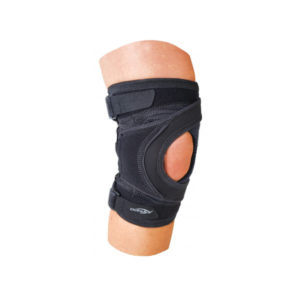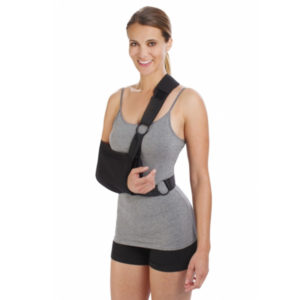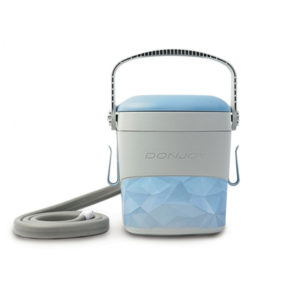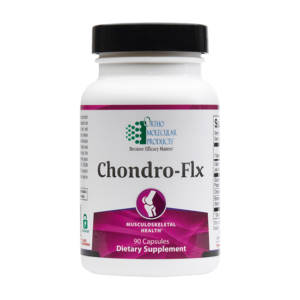Rib Pain
“Ribs, I had ribs for lunch, that’s why I’m doing this.” — Ron Burgundy
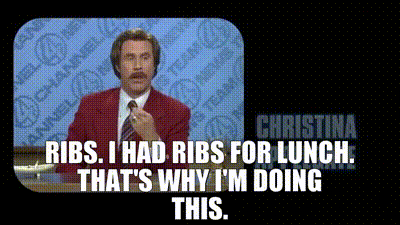
Let’s talk about rib pain. For those unaware, we have 12 sets of ribs surrounding our cardio-thoracic cavity. Our ribs serve numerous functions including:
• Breathing / respiration
• Protecting our important organs including our heart & lungs
• Siphoning our lymphatic system to help with removing toxins, infections, and mobilizing our immune system
• Assisting in the motion of our core muscles and upper extremities
There are several things that can lead to rib pain/dysfunction. Common non-traumatic things include poor posture, improper mechanics when bending, twisting, and/or lifting. It is not uncommon to cause an injury with coughing or sneezing really hard, notably when people get sick in the winter time. Other causes of rib pain include acute traumatic injuries, such as after a motor vehicle accident, or direct contact in a contact sport, causing compression or distraction of the ribs.
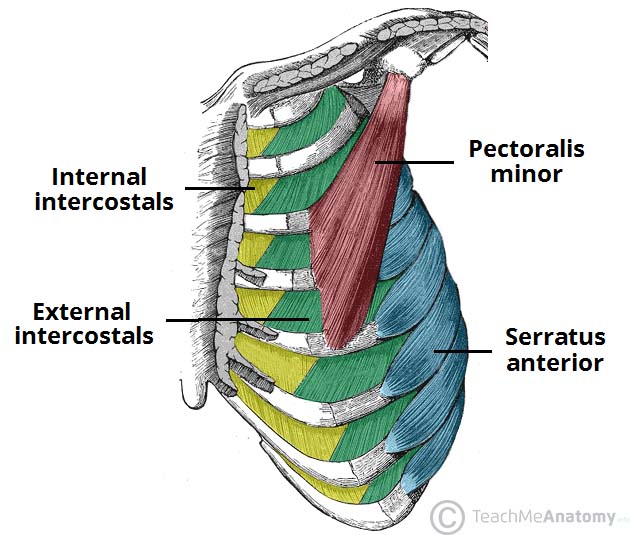
The ribs connect to the body in the back at the costotransverse joint (which also has ligaments which hold it into place), and front through hyaline cartilage at the costochondral junction, attaching the ribs to the sternum. The ribs also have muscle running in between each level of them, the intercostal muscles. These muscles are not used for routine use, but they are used when we take a deep breath in, deep breath out, cough, and/or sneeze. That is why these specific actions hurt so bad after a rib injury, these muscles tug on the injured rib(s). There are also intercostal nerves lined underneath each rib which supply sensation to the rib which may become irritated after a rib injury. After a rib injury, any of the before mentioned, structures can be a source of rib pain, along with the rib itself, notably in a rib fracture.
Most rib injuries do not need surgical intervention, and most rib injuries are not dangerous. Penetrating rib injuries, such as a stabbing injury, can not only injure the rib, but if it pierces through it can damage the heart and/or the lungs which can be a life-threatening emergency. When three or more consecutive ribs are fractured, can cause a condition, called a flailed chest, which can lead to a dangerous condition, known as a tension, pneumothorax, where the lung collapses in on itself. Other than those more serious injuries, most range of rib, injuries are simply painful, and must be dealt with.
I can empathize with my patients who have had rib injuries, as I have broken my ribs on my left side on two different occasions! Once, when I was around 13 years old, the consequence of playing tag in pitch black, long story and stupid accident! The second time I broke my ribs I was in medical school, ironically on my orthopedic surgery rotation, and I was playing in a competitive soccer game. I subbed out our goalie the last 10 minutes of the game, literally the last 30 seconds of the game I ran into the other team’s forward and broke three of my ribs. Adding insult to injury, I had to take a penalty shot directly after while I could barely breathe; and no, I did not block the shot!
So we’ve talked about what the ribs are, and what could happen to them when they are injured, what do we do to try to help them out?!
Treatments for rib dysfunction include initially resting the area, performing deep breathing exercises, icing or heating over the affected area, and exercises such as rib stretching and foam rolling can be very helpful. OTC pain meds such as Tylenol and NSAIDs can be used to help with pain and prescription NSAIDs and/or muscle relaxers can be used when needed. When these don’t help enough then other treatments should be entertained.
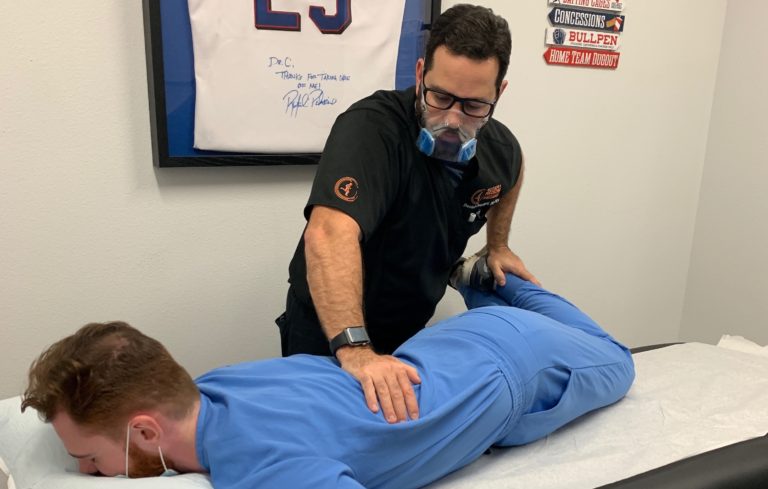
One of the most common treatments I will utilize for rib pain is Osteopathic Manipulative Treatment (OMT). When performing OMT the goal is to get the ribs and surrounding structures back into their proper alignment, thereby allowing the body to heal itself. Typically I am able to discharge patients for their condition after 2-3 OMT treatments. For patients who OMT or chiropractic therapy has been helpful, but the rib keeps “slipping” back out of place (aka: “slipping rib syndrome”), I find that renewing the integrity of the connecting ligaments and other connective tissue holding the rib in place is the next best step. I do this by performing Regenerative Orthopedic Medicine (ROM) including: shockwave therapy, prolotherapy, platelet rich plasma (PRP), and/or cell therapy. After these treatments the rib is able to hold itself in place and the patient’s pain, muscle spasms, and feelings of instability of the ribs are a thing of the past!
As we approach this cold and flu season, hopefully you don’t cough or sneeze a rib out of place. If you do, be sure to reach out to us before it gets bad as it is always easier to treat a grass fire than it is a forest fire!

